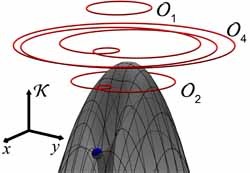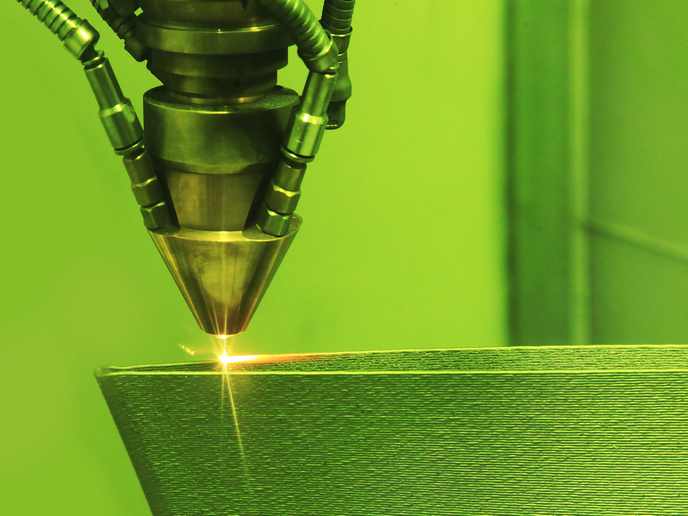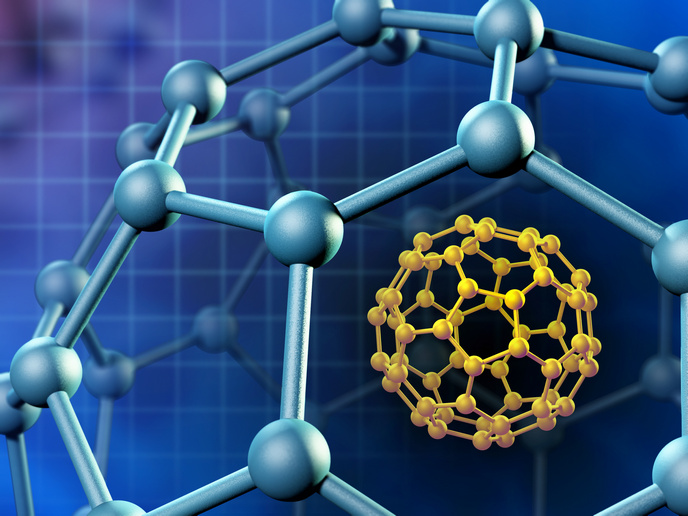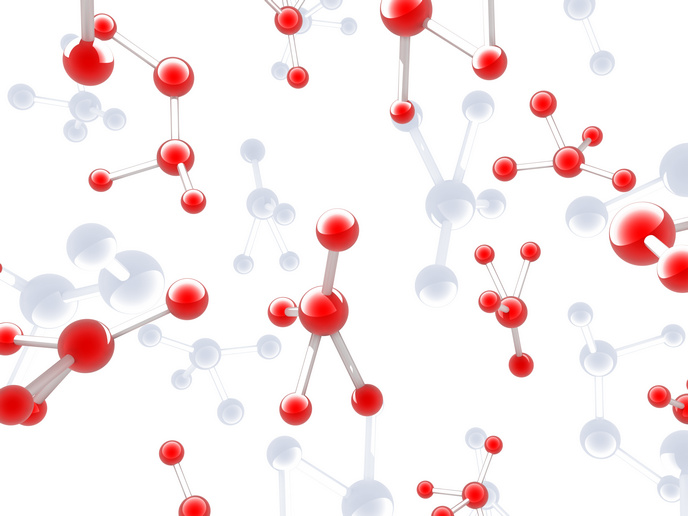A new look at multi-electron interactions
Attosecond science has opened the door to real-time observation and time domain control of atomic-scale electron dynamics. Studies of the electron correlation – electron interactions – through ultrashort laser pulses are ideal for investigating both quantum and classical approaches. The results obtained using both frameworks can be compared with latest experimental results. The EU-funded TRANS-MI (Transition states for multielectron ionization phenomena) project built a unified theoretical framework analogous to the transition state theory for chemical reactions. The work improves our understanding of the role of electron-electron interactions in strong-field laser physics. Atoms and molecules generally undergo multiple ionisations when exposed to intense electromagnetic fields. The mechanism that regulates correlated emission follows the recollision process. First, the electron is ionised by the field. Then, by reversing the field direction it is hurled back to the core, colliding with the second electron and thus triggering correlated emission. This is also referred to as 'Non-sequential double ionisation' (NSDI). The TRANS-MI team successfully uncovered the dynamical mechanism responsible for electron recollisions, which describes the energy exchange between the laser and the atom or molecule. For the first time, they demonstrated that phase-space structures can give rise to highly correlated NSDI, enhancing understanding of the recollision process. Future work will further explore how this discovery links with research into applied mathematics and celestial mechanics. Another focus was on studying how different environments can influence chemical reactivity of phase-space structures. Expanding on the success of previous research on an elusive phenomenon known as the Kramers turnover, which studies the relation between molecule friction and density of a heated bath, scientists provided new insight into the reactions of small polyatomic molecules in an all-atom heated bath. The team also established a relationship between the stability of the transition state of chemical reactions and their rate. Based on this, they devised a sophisticated computational approach that simplifies the calculation of molecule reaction rates. This eliminates the need to compute millions of reactive trajectories as most other computational schemes would require. TRANS-MI approaches reduce the complexity of studying the chaotic electron interactions in atoms or molecules that involve many degrees of freedom. Furthermore, understanding how molecules interact with their environment enables scientists to selectively control chemical reactions and get rid of undesirable side-products.







